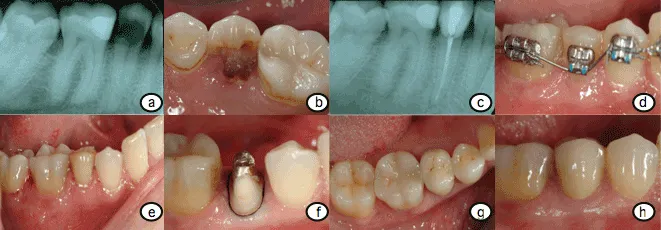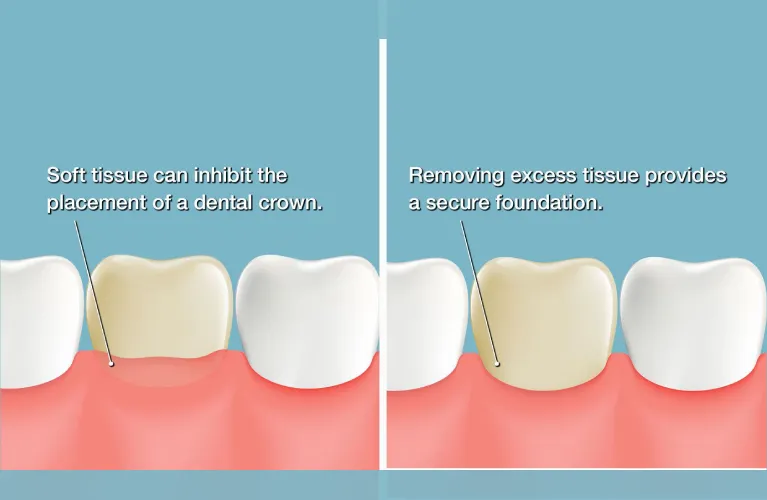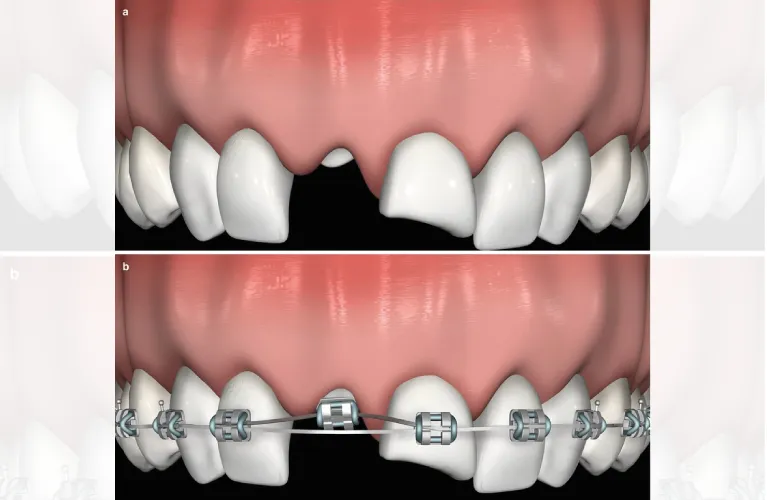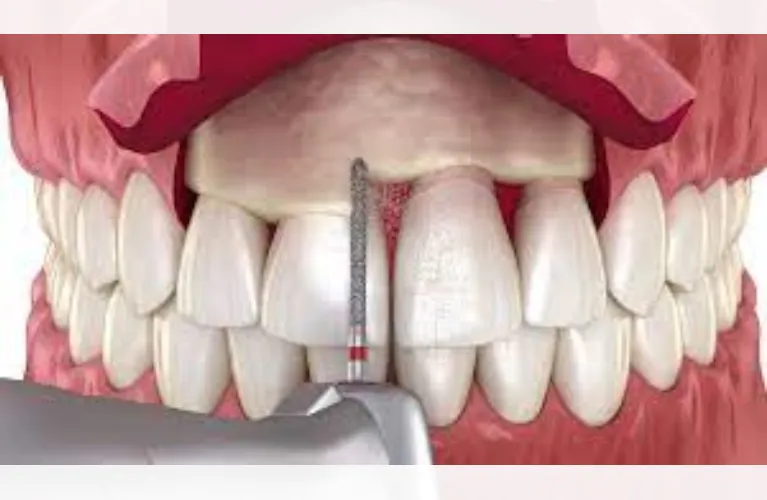Crown Lengthening: Pain, Healing Time, and Risks

How does the shortened crown work affected tooth front? Crowns are caps of teeth which attach directly to a natural tooth in aesthetics.
Crowns will sometimes be needed if teeth are cracked or damaged. Crowns may be used for other dental procedures like root canals or bridges, dental implant treatment or dental implants.

A crown needs to adhere securely in place of existing teeth. Crowns should be lengthened. The dentist performs by removing gum, soft tissue, or sometimes bone, to reveal more of an oral cavity for temporary crown. This process is generally simple to do but takes fewer than an hour
INDICATION FOR CROWN LENGTHNING | Gum Reconturing
Restoration of Damaged Teeth
When a tooth is severely damaged tooth decayed, fractured, or has insufficient tooth structure above the gumline to support dental restoration (such as a crown or bridge), temporary surgical procedures may be necessary to prevent infection elsewhere.


Esthetic Enhancement
Crown lengthening is a common procedure often performed for cosmetic purposes to improve the appearance of a “gummy smile” or an uneven gum line
Tooth Exposure for Orthodontic Treatment
In some cases, when teeth do not erupt properly or are partially covered by gum tissue, a procedure may be required to expose an adequate portion of the tooth for orthodontic and dental treatment only.

Reshaping of the Bone and Gum Tissue
In certain instances one tooth only, the underlying bone, and gum tissue around a tooth’s surface may be uneven or irregular.

Esthetic Crown Lengthening
Esthetic dental crowns and lengthening will help you achieve the smile of your dreams. Patients that show uneven tooth appearance and have the “gum look”.
The teeth may actually have proper lengths and positions but the teeth cover a large area of gum tissue, causing an uneven appearance. It will also affect your teeth size, facial shape and the size of your mouth.
Recovery phase – Crown Lengthening Treatment
- Avoid hard food items for 3-4 days after the procedure
- Take all the medications as prescribed
- Use an ice pack to avoid swelling
- Avoid consumption of alcohol and smoking to promote healing
- Start with warm saline rinses the next day of the treatment to improve healing
- Do not brush on the same day of surgery
- Do not touch the site with your tongue or fingers
- Switch to a soft diet for a couple of days till the initial healing starts
FAQ
Is dental crown lengthening painful?
The procedure usually happens in an anesthesia, but in some instances sedatives may be used. The pain during this treatment should not be severe. However, when anesthesia has worn off over the counter medications used, patients may feel discomfort.
What happens during crown lengthening surgery?
it is an orthodontic procedure which removes excess gum tissue more tooth structure and bone tissue from around teeth. Usually dental specialists use this procedure for dental care.
How long does crown lengthening surgery take?
In general, the procedure can take about 30-60 minutes depending on the amount involved in removing the front tooth’s root too. A tooth sagging tooth decay, may require more time and effort than an just removing bone individual tooth’s root ratio crown.
Is crown lengthening done with or without sedation?
The majority of surgeries require local anesthesia so there will be no discomfort and sedation is helpful in relaxing yourself before or during a procedure. Nitrous oxide gas is offered in four different forms per the various surgical techniques, surgical site, or surgical area used.
What is the procedure to lengthen teeth?
Tell me the length of crowns? – procedure is a treatment that removes excess tissue from the gums neighboring teeth and bones around the upper teeth to lengthen them. Periodontologists or dentists often carry out the crown lengthening procedure as described above new crown make.
How common is crown lengthening?
Crown lengthening is a common surgical procedure and typically the outpatient procedure takes about an hour or more.
Is gum lengthening painful?
This means there should always be minimal discomfort after a procedure. When anesthesia stops, a patient can still experience pain. To help reduce swelling or facial swelling and relieve pain, the surgeon will prescribe pain relief or a mouthwash for gum pain.
Does crown lengthening remove bone?
However, dental and crown lengthening procedures may be necessary to prepare your dental crown. A process requires removing the gum tissue and bone in the gum specialist order to expose the teeth enough tooth structure below.
Is crown lengthening risky?
Additional hazards include bleeding following procedures and being sensitive to temperature changes between hot and cold temperatures or to hot and cold weather around surgical area. No swelling experience bleeding or irritation will decrease over time.
Lastly, when you get lost in an accident the could help prevent the implant from becoming damaged.
Is crown lengthening periodontal surgery?
it is a routine palaeontological procedure which exposes more tooth structure. This process doesn’t actually extend the crowns of teeth but rather lowers the gumline how many teeth. Learn more
